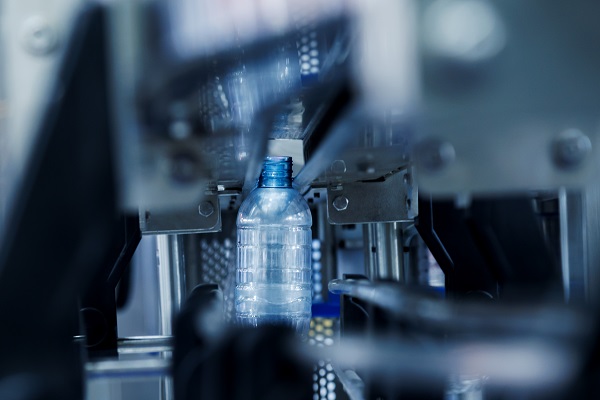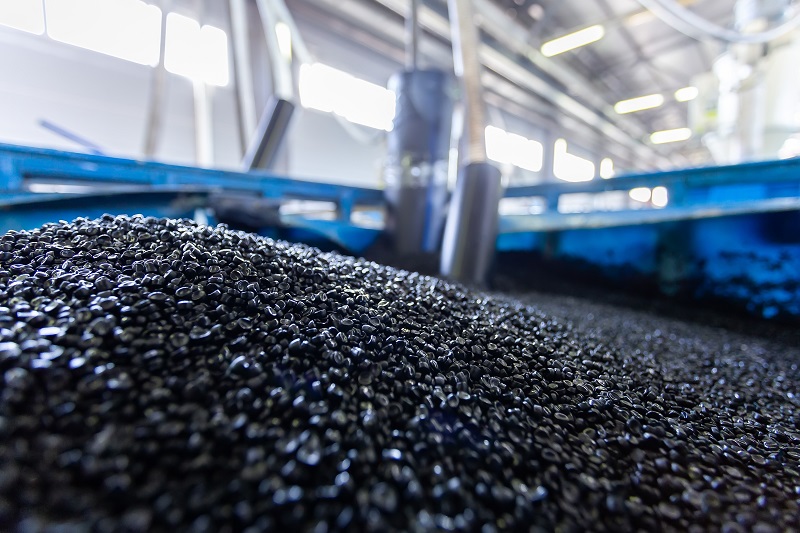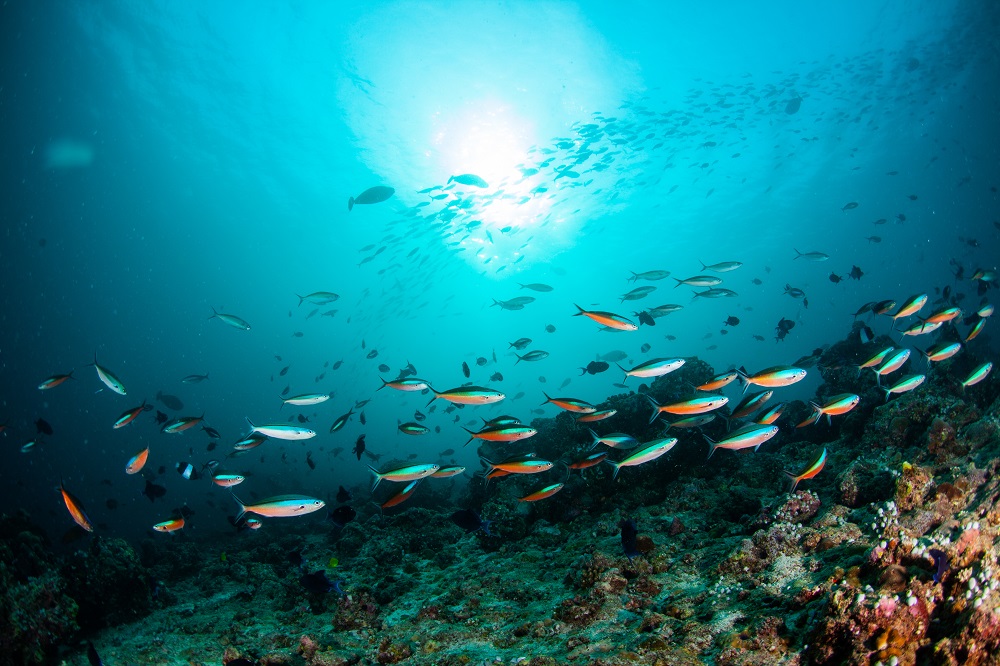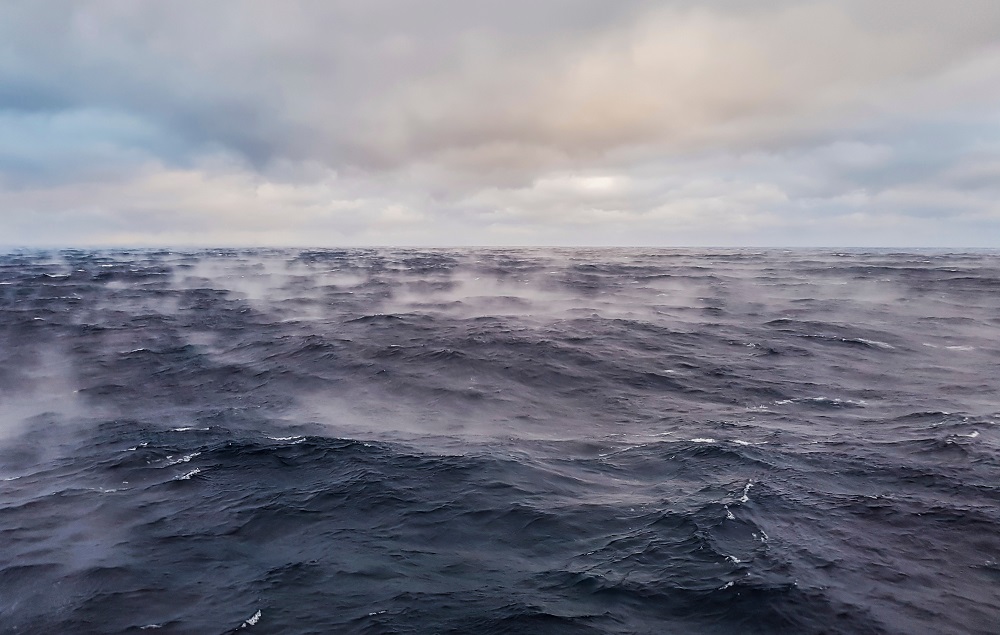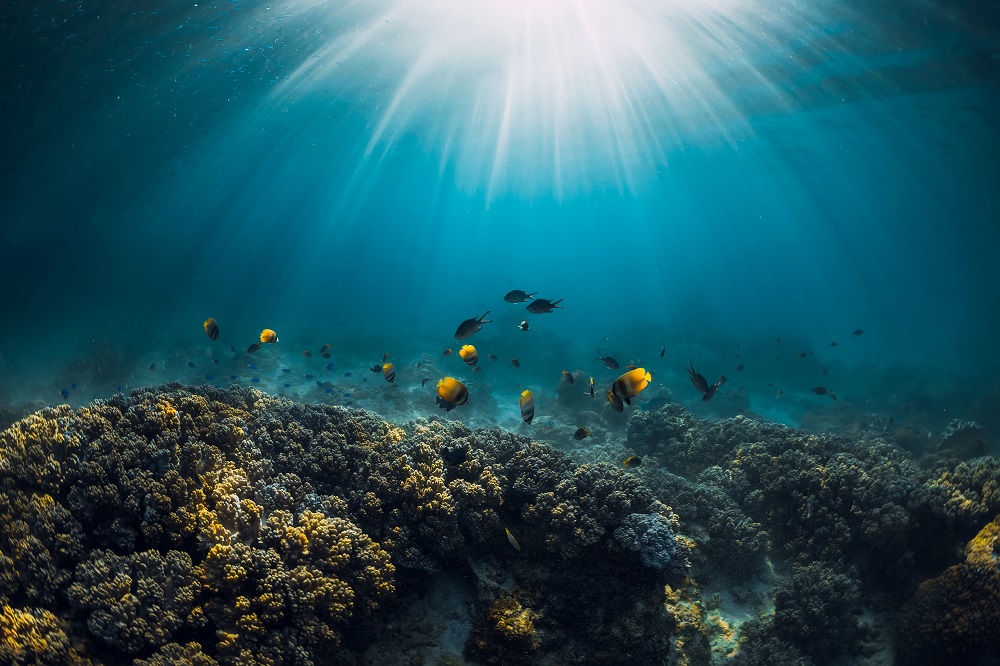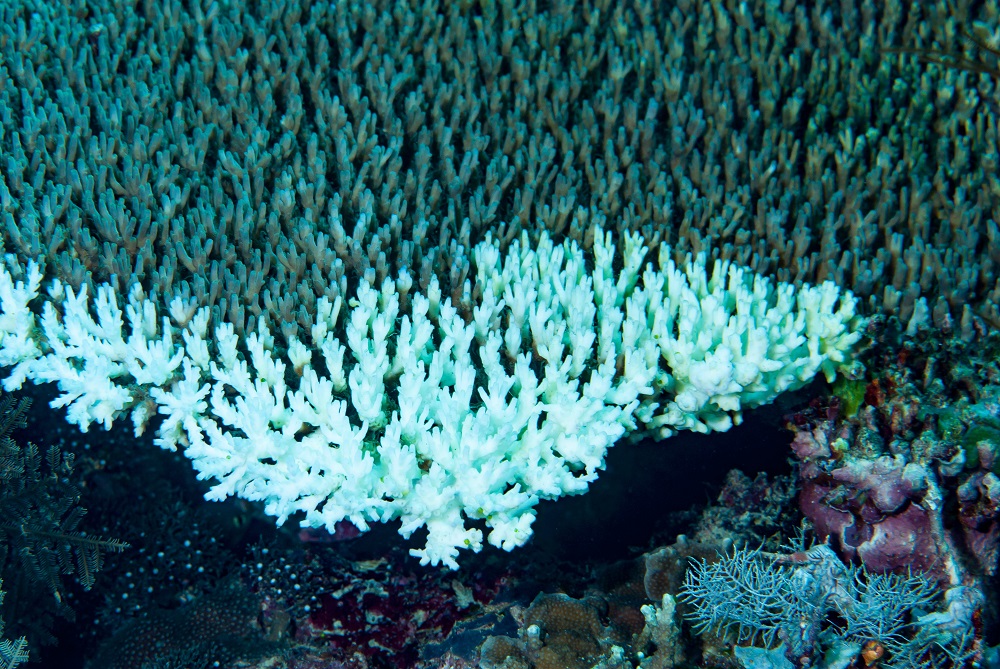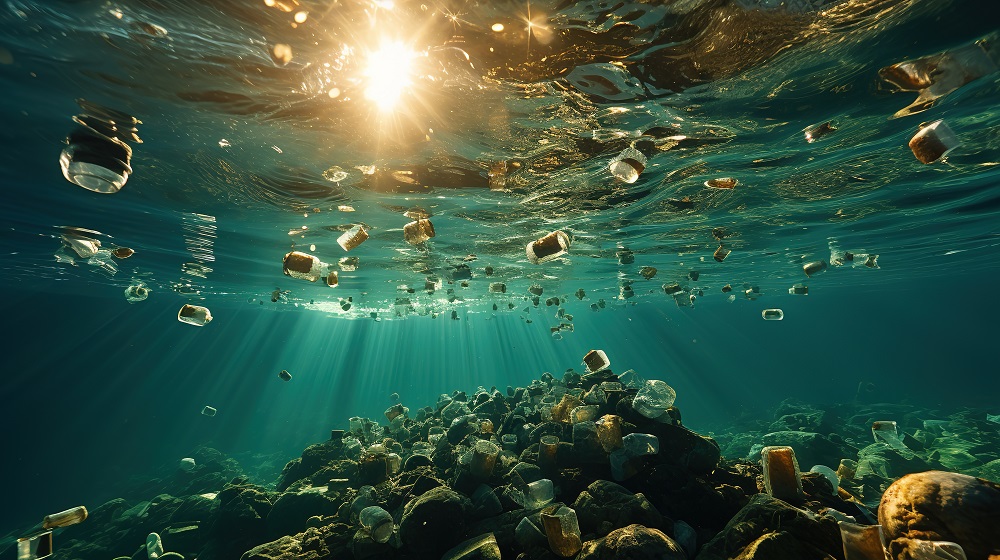Estimates suggest that over 13,000 man-made chemicals are associated with plastics and plastic production across a multitude of applications. And there are more than 3,000 known to have one or more hazardous properties of concern. This Back to Blue update discusses their place in the UN Intergovernmental Negotiating Committee (INC-3) conversation.
Reducing plastic waste
Our dependence on plastic is well known, with single-use plastic consumption remaining at substantial rates. One million plastic bottles are purchased every minute, and up to five trillion plastic bags are used worldwide annually. Half of the over 450 million tonnes of plastic produced yearly is designed for single use.
As a result, there is a considerable focus on reduction, but Dr Jeffrey Seay, president and founder of Empowered Solutions for Environmental Sustainability, called for a more practical approach. “Even if we can succeed in reducing plastic manufacturing to an absolute minimum, there are still several industries relying on plastic—healthcare, automotive and aviation are some notable examples. Reaching a point of not producing plastic is impractical and unrealistic,” he explained to Back to Blue. He thinks the focus should be on eliminating single-use plastic as much as possible and finding viable solutions for plastic waste.
Dealing with plastic waste requires some attention, as one of the most significant problems is that plastic is more than just the monomer, as Dr Seay explained, referring to a molecule. “Plastics consist of the base monomer, which might be polyethylene, polypropylene or such, but the formulation includes chemical additives that may be there to help the manufacturing process and/or to change the physical properties of the plastic itself,” he said.
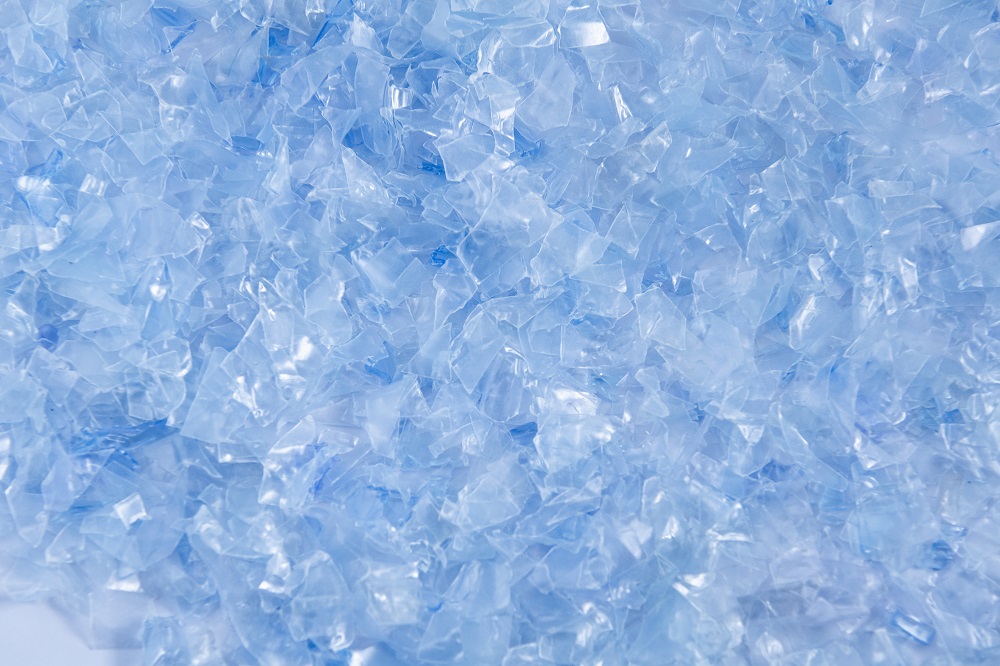
Additives improve the properties of plastic products, but many of them are toxic and can contaminate soil, air and water. Chemical additives have been detected in both marine environments and in the human food chain. They have been identified as endocrine disrupting chemicals; substances that have hormonal activity and alter the body’s endocrine or hormone system. Plastic additives have also been linked to health issues that include infertility, obesity, diabetes, cancers and neurological disorders.
In addition to their effect on health and the environment, these additives also complicate the recycling process. Currently, there is no legal requirement that additives are tracked through the manufacturing supply chain. “Manufacturers of finished plastic products may not even know what additives are present, and this makes sorting for recycling very difficult,” he said. There are also non-intentionally added chemicals, which are typically formed as by-products in chemical reactions done on an industrial scale.
The preponderance of chemical additives mirrors that which occurs in pharmaceuticals, when formulations can be prepared freely by anyone after the patent expires. “Once the patent runs out on a specific additive, any chemical supplier can make it. We are finding molecules that are different in their molecular structure but in only minor ways. We would like to see those additive formulations reduced to a minimum,” said Dr Seay. These chemicals hamper the technological innovations expected to solve some of the major plastic issues, including mechanical and chemical recycling.
Progress towards a global plastics treaty
A landmark decision in March 2022 mandated that the INC was convened to adopt a legally binding instrument that addresses the full life cycle of plastics, which should be developed by the end of 2024. Unfortunately, the current INC-3 discussion is heavily focused on recycling and waste management instead of addressing the entire plastics life cycle, argued Priti Mahesh, chief programme co-ordinator at Toxics Link, an India-based environmental non-government organisation.
“The plastic treaty should have very specific restrictions on the kind of chemicals that can be used in plastics, a clear mandate on the research that is needed to put chemicals that are being used into safe and unsafe categories, and a full life cycle view of the chemicals in plastic. Unfortunately, within the INC the focus is on recycling and most developing countries would like a treaty that is completely focused on recycling,” she said.
A full life cycle view of chemicals in plastics would include reducing chemicals in both upstream and downstream processes. While there are some discussions around chemicals, Ms Mahesh explained that the focus of those discussions is on chemicals in the upstream, which includes both the feedstocks and the chemicals added in the manufacturing of plastic products. “People are willing to discuss chemicals and this is positive, but that conversation is currently all about chemicals in the upstream process and not on the downstream process or cross-contamination issues in recycling,” she explained.
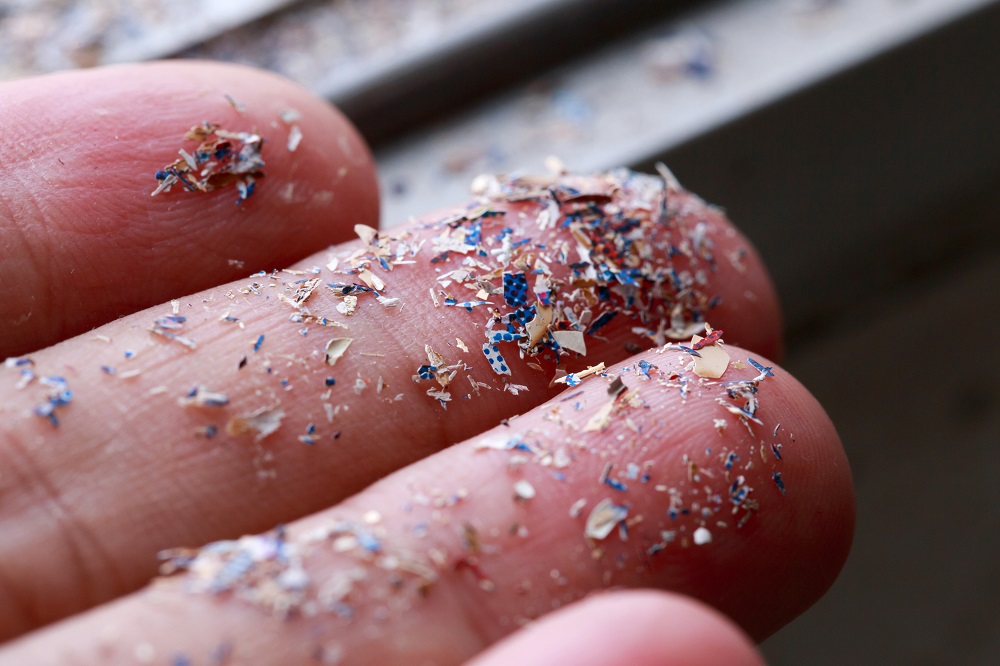
Despite lengthy discussions, delegates at INC-3 were unable to agree on a mandate for intersessional work on technical and scientific issues ahead of INC-4. Ms Mahesh lamented the lack of progress, suggesting that it was derailed due to a lack of agreement among the countries. Dr Seay described this as discouraging, and he is pessimistic about any agreements being made in the short time frame given by the UN, which is the end of 2024. Pushback is coming from states that depend heavily on petroleum.
There is agreement that chemicals clearly proven to be toxic should not be used in plastic products. Ms Mahesh explained that these include chemicals like Bishenol A and heavy metals. Toxicity data, however, are not available for all chemicals, and there are numerous data gaps relating to the toxicity of plastic packaging-associated substances. “There are a lot of chemicals where we do not have concrete toxicity data. Those have to be defined in a specific way, and over time there needs to be more research to evaluate the impacts to know if they belong on the safe list of chemicals or to the toxic chemical list,” said Ms Mahesh. “These chemicals include endocrine-disrupting chemicals. Microplastics also need to be looked at as they are carriers of chemicals,” she further explained. She thinks that it is unfortunate that due to the lack of data on these chemicals, they may not be put in the banned or restricted list under the treaty.
In addition to the lack of an agreement, treaty discussions were bogged down on procedural issues, such as whether it would be ratified by two-thirds majority or consensus. Dr Seay thinks these are delay tactics, taking the focus off what the plastics industry will look like in the future.
But is a treaty the right way to go, and is there precedent for treaties shaping decisions in the chemicals industry? The US, for example, is not a signatory to the Basel convention and is yet to ratify any international efforts against plastic pollution. But Dr Seay thinks that, since plastics are a global marketplace, even if countries opt out of the treaty they are still doing business with countries that have ratified the treaty and will therefore need to follow the rules and regulations.
Immediate solutions
Plastic waste in the developing world is concerning, as there is a lack of finances or political will to invest in the infrastructure required to contain and sequester plastic, according to Dr Seay. Unlike more developed nations, where structures are in place to keep plastic out of the ecosystem, plastics in the developing world are more likely to block drains and provide places for mosquitoes to breed. Dr Seay explained that, in these countries, people are looking for immediate solutions and exploring technologies like chemical recycling, which is still in its research and development phase.
“A lot of countries think that they can continue in the same way and these new technologies will save them. Even with chemical recycling, there is a sorting process required before recycling. There is some concern that the infrastructure required to do this will be an investment that incentivises more plastic production,” he said. He prefers to view chemical recycling as part of a solution that goes hand in hand with simplifying additives and reducing plastic production.
Both experts mentioned some solutions that, though somewhat ambitious, are still likely to have a successful outcome with regard to chemicals and should be prioritised for the treaty. These are to improve on the research that allows the chemicals being used to be designated as safe, improve the traceability of chemical additives in plastics, and prevent minor changes being made to additives when the patent expires.
EXPLORE MORE CONTENT ABOUT THE OCEAN
Back to Blue is an initiative of Economist Impact and The Nippon Foundation
Back to Blue explores evidence-based approaches and solutions to the pressing issues faced by the ocean, to restoring ocean health and promoting sustainability. Sign up to our monthly Back to Blue newsletter to keep updated with the latest news, research and events from Back to Blue and Economist Impact.
The Economist Group is a global organisation and operates a strict privacy policy around the world.
Please see our privacy policy here.
THANK YOU
Thank you for your interest in Back to Blue, please feel free to explore our content.
CONTACT THE BACK TO BLUE TEAM
If you would like to co-design the Back to Blue roadmap or have feedback on content, events, editorial or media-related feedback, please fill out the form below. Thank you.
The Economist Group is a global organisation and operates a strict privacy policy around the world.
Please see our privacy policy here.




 World Ocean Summit & Expo
2025
World Ocean Summit & Expo
2025 UNOC
UNOC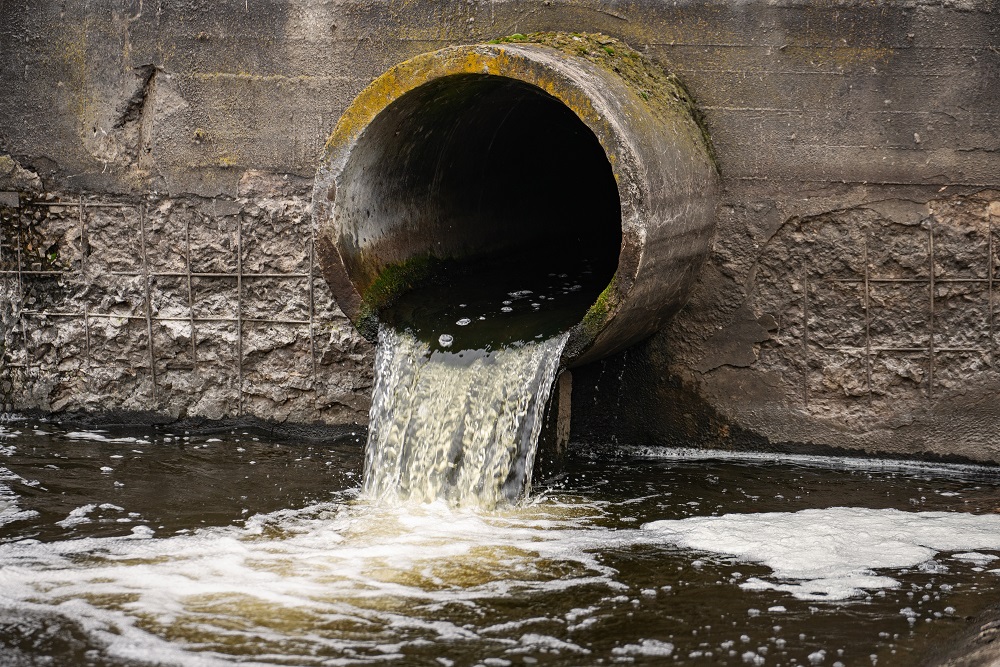 Sewage and wastewater pollution 101
Sewage and wastewater pollution 101 Slowing
the chemical tide: safeguarding human and ocean health amid
chemical pollution
Slowing
the chemical tide: safeguarding human and ocean health amid
chemical pollution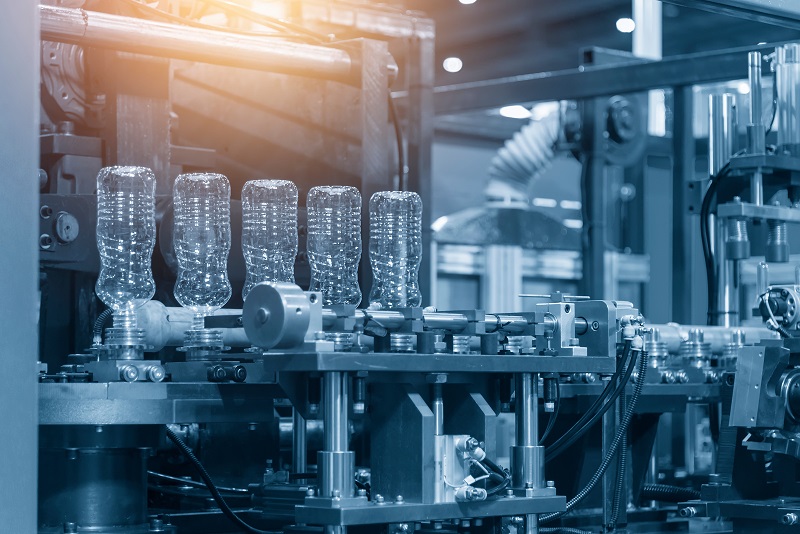 Hazardous chemicals in plastics - the discussions at INC
Hazardous chemicals in plastics - the discussions at INC






